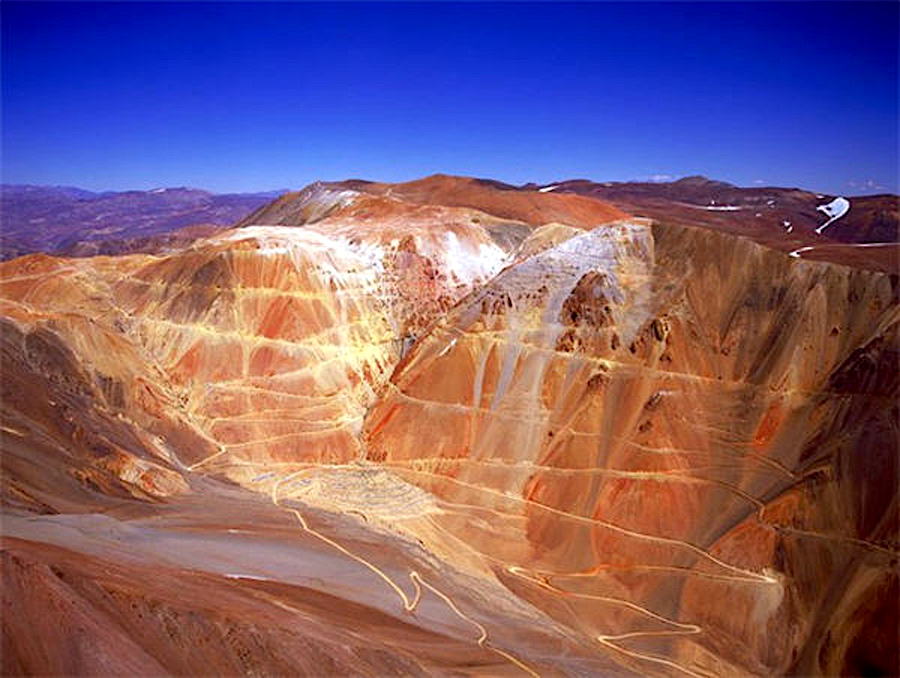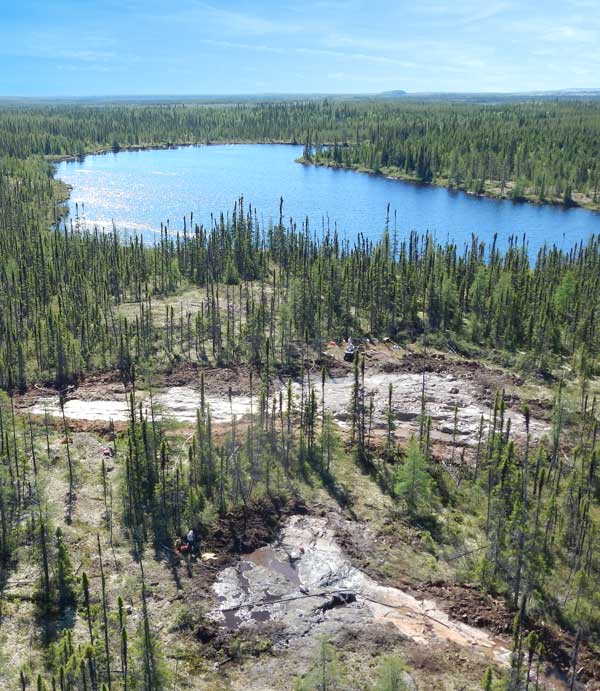Chile court orders “total and definitive” closure of Barrick’s Pascua-Lama

Chile’s environmental court has put the final nail in the coffin for Barrick Gold’s (TSX: ABX) (NYSE: GOLD) giant Pascua-Lama gold-silver project, straddling the Argentina border, which had been on hold since 2013 over environmental concerns.
The court dismissed late on Thursday a legal challenge from the company to a 2018 ruling. At the time, Chile’s Environmental Protection Agency (SMA) ordered the “total and definitive closure” of the project.
The tribunal’s president, Mauricio Ovideo, confirmed three of the five main charges against Barrick outlined in the environmental authority’s original ruling. The sentence concludes that the Canadian miner failed to properly monitor glaciers surrounding the project. It also says Barrick’s activities negatively affected the water quality of the nearby Estrecho river.
The judge also ruled the gold giant used an unauthorized methodology for calculating water quality levels, which is less detailed and strict than the one required in Chile.
The court also imposed a $9 million fine on the Canadian miner.
While Barrick said it would not appeal the court’s decision, the executive director for Chile and Argentina, Marcelo Álvarez, noted Pascua-Lama remained an important project.
Álvarez added that work was already under way to re-evaluate the project’s potential. The review will include technical, economic and social aspects of Pascua-Lama.
“Barrick is a very different company since its merger with Randgold and we now have a strong focus on establishing good relations with the communities and authorities,” he said in a statement.
The original mine plan for Pascua-Lama, which required a capital outlay in excess of $8 billion, contemplated an open-pit operation that would have affected three small glaciers on the Chilean side of the Andes. It also involved major construction in the area and huge waste dumps.
In 2016, Barrick began a “drastic revision” of the project and agreed to pay $140 million to resolve a US class-action lawsuit that accused it of distorting facts related to the controversial project.
Shortly after, the company abandoned the idea of an open pit at the site, saying it planned to mine underground instead.
The Lama portion
In April 2017, Barrick sold a 50% stake in its Veladero mine in Argentina to Shandong Gold in a transaction worth $960 million. As part of that deal, which made the two firms strategic partners, the Shandong province-based gold miner committed to helping Barrick move forward with Pascua Lama.
Later the same year, the company agreed to pay a further $20 million to a Chilean group to settle an arbitration case filed in 2016 after the gold producer halted payments settled on in 2005.
Barrick CEO Mark Bristow was hopeful about solving the issues surrounding the project. Shortly after assuming the post last year, he travelled to the South American country and met with mining minister Baldo Prokurica.
“Chile is an investor-friendly country, with a significant mineral endowment, and which encourages the development of mining projects,” Bristow said last year. “We believe there are exciting opportunities here.”
Pascua-Lama would have generated 800,000 to 850,000 ounces of gold and 35 million ounces of silver per year in the first five years of its 25-year life.
More News
California start-up launches next-generation magnesium production technology
May 28, 2025 | 03:09 pm
{{ commodity.name }}
{{ post.title }}
{{ post.date }}


2 Comments
Bede Tomokita
Great work of expossing mining giants who are neglient in following set Environment laws
Rex Kundaka
Impressive work,the gaints mining company like barrick need to cooperate with Government and respect the law of the country..
Regards,
Rex